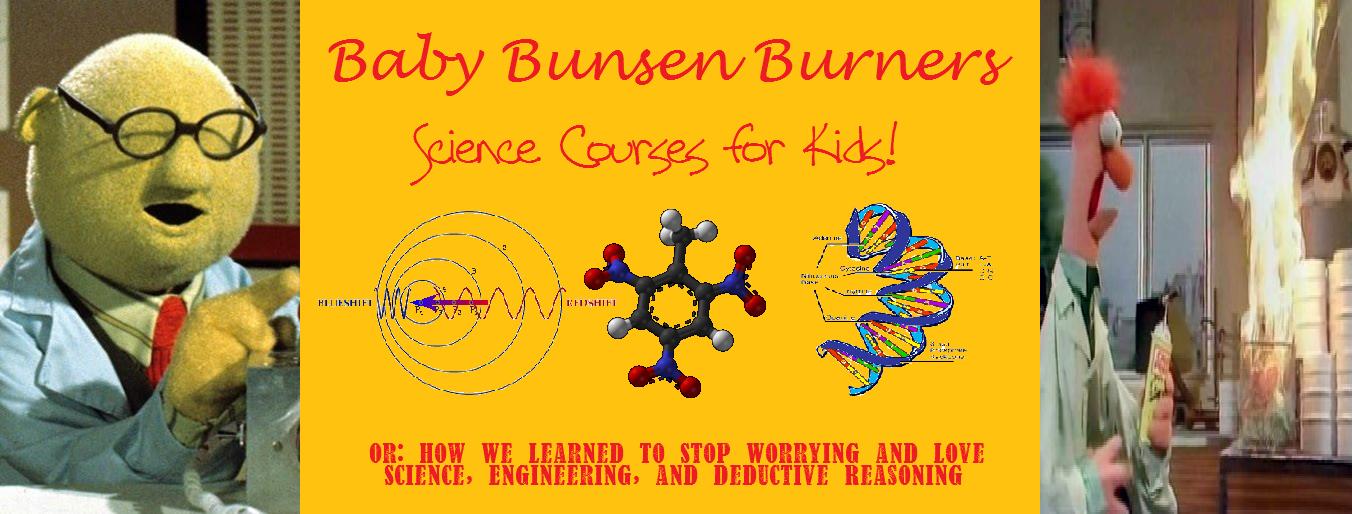Apparently my course was named for me by the people in charge. The name they've chosen:
Kool Science for Curious Kids.
Why they chose to turn the "c" in cool into a "k" but not for curious is beyond me. But, I have 5 classes of about 18 students each, which is really exciting. And intimidating, of course, but I would never say that out loud. The god of Cruel Irony also deemed it necessary to give me a class of 5th graders, with 4 boys...and 16 girls. I think I'm going to try to do a lot of things with bugs....yes, because entomology is important to out future. And geckos (which are an amazing species. Their feet actually grip to surfaces by intermolecular forces, by the fine structure of their foot pads. A real treasure trove of biomimicry technology. There's two amazing TED (Technology, Entertainment and Design) talks, if you're interested. Talks can be found here and here)
I also have a student (whose name I cannot remember for the life of me) who has some medical condition that causes her to vomit at inconvenient times. Like when she eats. Which wouldn't be that much of a problem for normal science classes. But this is elementary school science, and I feel obliged to feed them to keep them entertained.
Finally, I got a preview of what the other counselors/teachers were doing with their classes. There's a dance/movement class, there's a creative writing/storytelling one. There's one that has something to do with patterns or something (yup, I smell a load of bulls**t, but hey, not my place to judge). There's also a class that has the kids design a futuristic colony, or something along those lines. I think I might audit that class, see if I can get the credit transferred to Yale.
But my greatest nemesis, the one I'm declaring my arch-enemy from this moment on, is the Recyclable Art class. This class is taking the environmental route, turning recyclable materials into art. As a responsible citizen of the earth, I too will be teaching my kids about recycling, sustainability, and all those other feel-good words.
But I will do it better. I will do it with Science*.
So prepare yourself, Recyclable Art** class, there shall be no peace between us. Sleep now, for come Wednesday, it's on. It's on like the joint principle of quantum mechanics put forth by Franck and Condon***.
*and Engineering. Pretty much whenever I say "science", I really mean, "science and engineering". Can't leave my engineering brethren out in the cold.
**I forget what the actual class is called. But you get the point.
***Don't be lazy, look it up.



